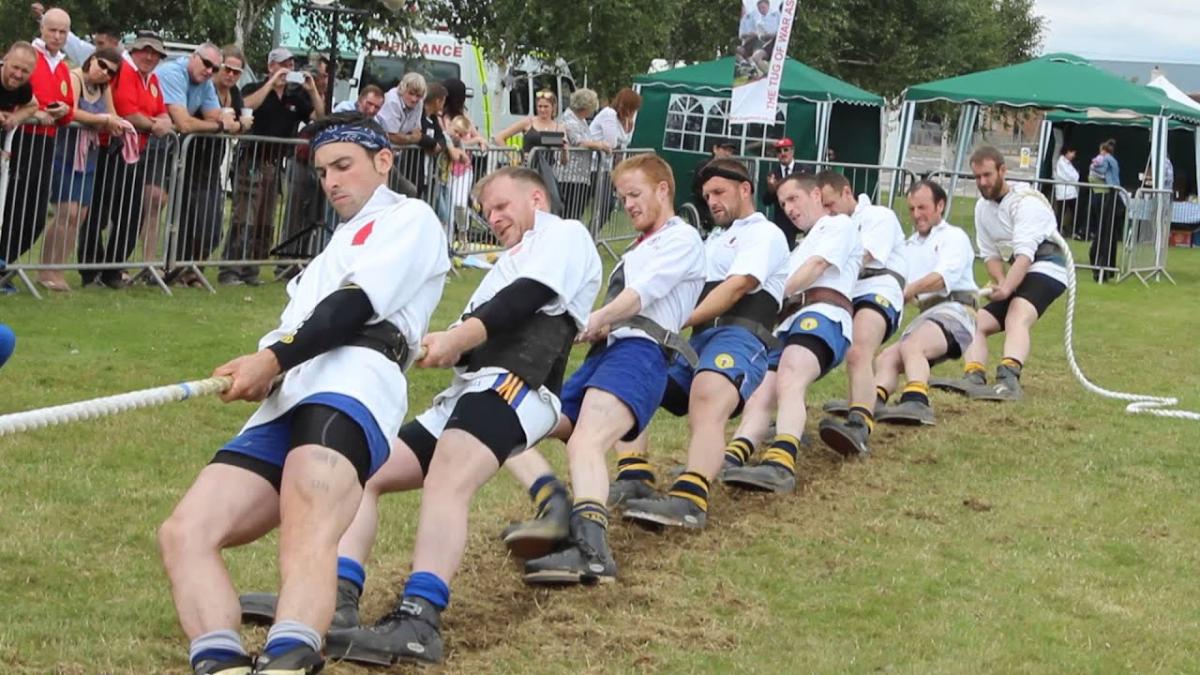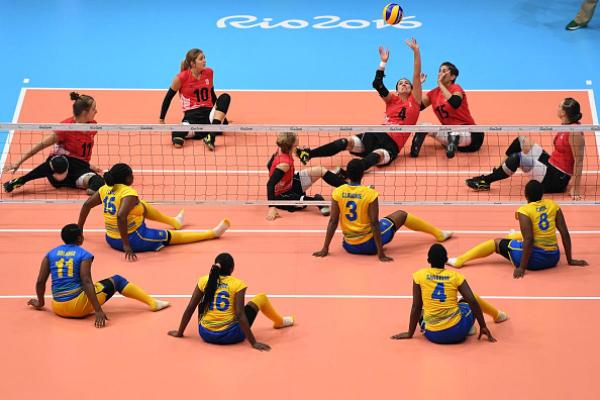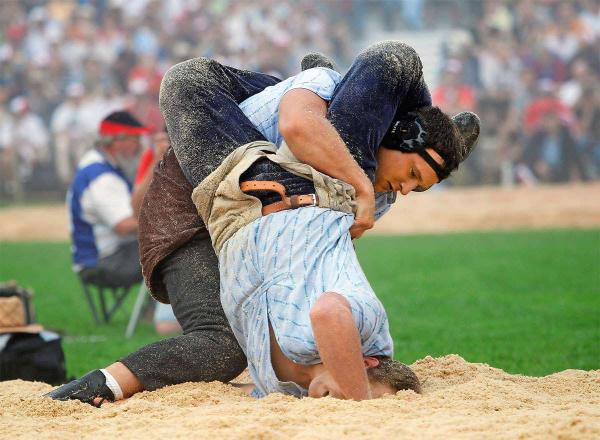Tug of War

Tug-of-war, athletic contest between two teams at opposite ends of a rope, each team trying to drag the other across a centre line. In some forms of the game a tape or handkerchief is tied around the centre of the rope, and two others are tied six feet (1.8 metres) on either side. Three corresponding lines are marked on the ground. The game ends when one team pulls the other so that the tape on the losers’ side crosses the ground mark on the winners’ side. The contest is decided by the best two out of three pulls. A rural pastime in England and Scotland, the tug-of-war was an Olympic event from 1900 to 1920, with five men to a side. It has often been an outdoor contest at Scottish Highland Games and at other large social gatherings in the 20th century. Many children’s games also feature a tug-of-war. Perhaps the best known is the British singing game “Oranges and Lemons,” which concerns the bells of the churches of London. Two children form an arch with their arms: one child is “oranges” and one is “lemons.” All the children file under the arch while singing: “Oranges and lemons,” say the bells of St. Clement’s. “You owe me five farthings,” say the bells of St. Martin’s. “When will you pay me?” say the bells of Old Bailey. “When I grow rich,” say the bells of Shoreditch. “Pray, when will that be?” say the bells of Stepney. “I’m sure I don’t know,” says the great bell of Bow. The children forming the arch put their arms down and “capture” a child during the lines, Here comes a candle to light you to bed. Here comes a chopper to chop off your head. The captured child chooses either oranges or lemons and stands behind the child that represents that fruit. When all of the children have been captured and have chosen sides, the two sides have a tug-of-war to determine the winner.













